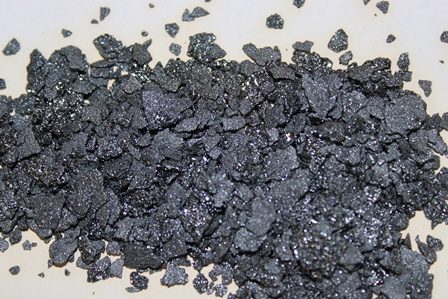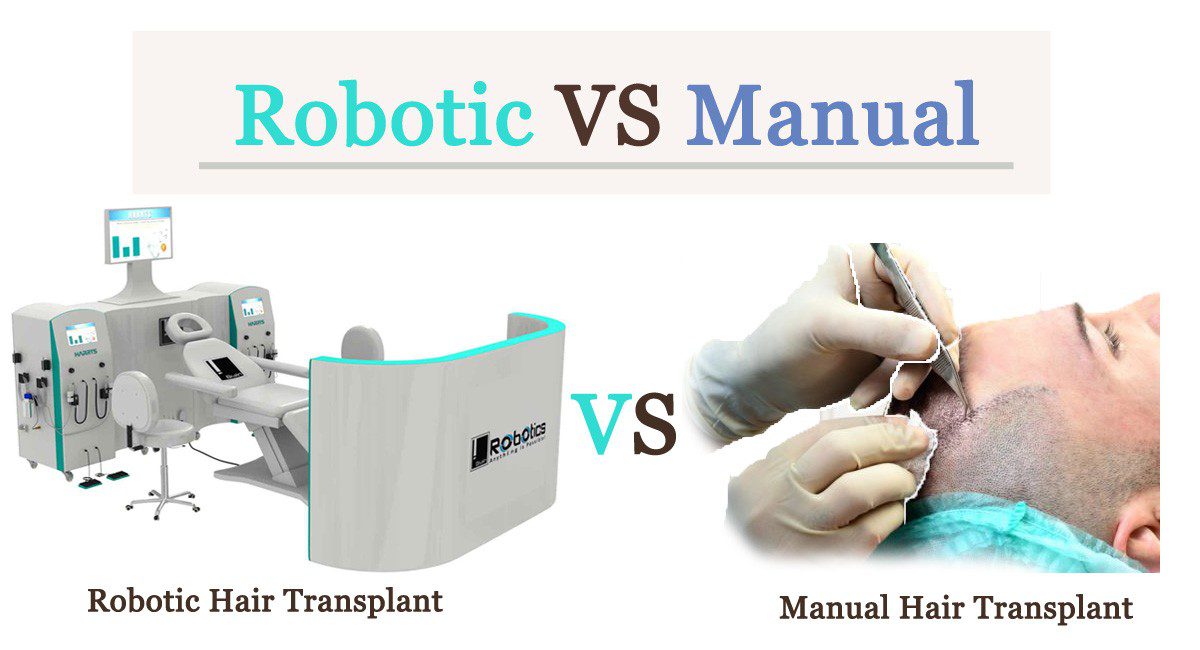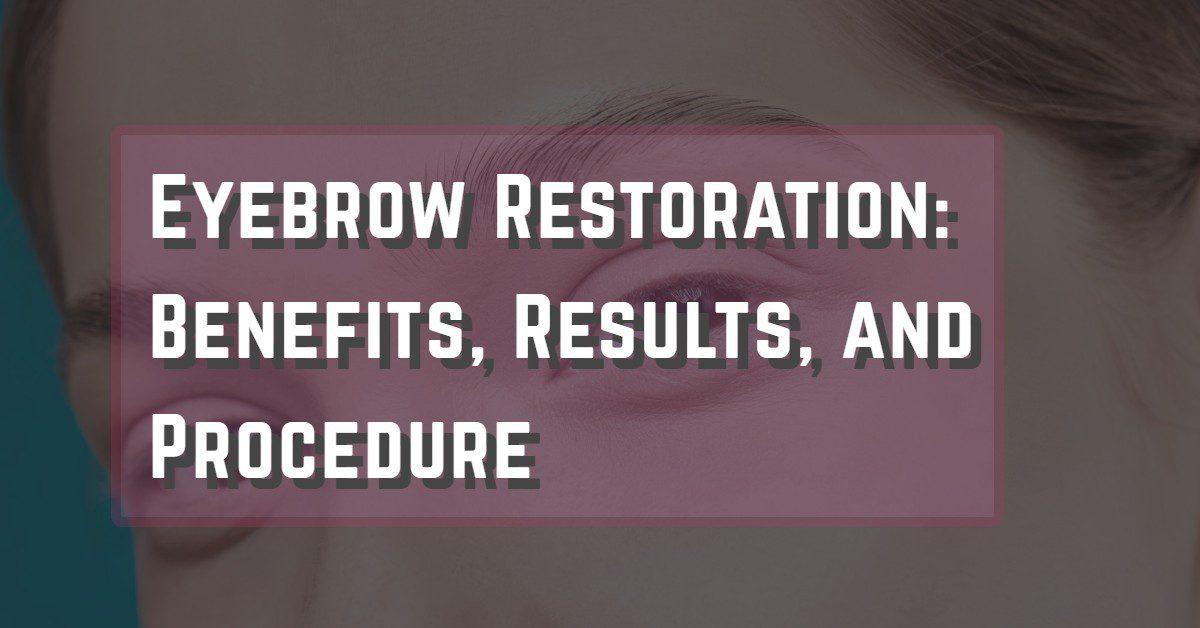Scalp Micro Pigmentation: How to Save From Hair Loss

Hair loss is a condition that trips someone of his or her self confidence. Nobody wants to lose hair, but sometimes it is inevitable due to a condition known as male pattern baldness. If this happens to you, you need to know that all is not lost and can still get your hair back using various medical procedures. Among these advanced hair restoration therapies is micro-pigmentation. Scalp Micropigmentation and micro-blading are not the same, even though micro-blading falls under micro scalp pigmentation. In micro-blading, surgery is done using a blade that a surgeon operates manually. In micro-pigmentation, surgery is done using an electronic tattoo device powerful enough to penetrate the scalp. This is because the scalp skin is thicker than eyebrow skin.
With that in mind, we will show you how micro pigmentation is done and who can benefit from it if you are suffering from hair loss.
How SMP Works
In micro-blading, the procedure aims to create hairlike lines. This is not the case with SMP. Scalp micro pigmentation replicates the look of a shadow on your scalp using minute layered dots of different black hues. This technique, which is also called pointillism, is meant to create natural-looking depth. Working with a specialist will help the patient get a more natural follicle that matches with the complexion. It is an excellent procedure that allows those suffering from all sorts of hair loss, including cancer, male pattern baldness, alopecia, or hair thinning.
What will the patient feel during the procedure?
Of course, the patient will need anesthetics to help numb the procedure’s area before it begins. So, how the patient feels will depend entirely on how effective the anesthesia is. Applying pigment for patients with scalp acne or other skin sensitivity forms such as psoriasis is challenging during a breakout or flare-ups since the area is inflamed. You may also not be eligible for SMP if you’re prone to developing keloids. This condition is common in people with darker skin.
A consultation will start once you have done your research and have already found a reputable surgeon to perform the surgery. In the meeting, the surgeon will give the patient advice on preparing for the procedure and what he or she should expect.
General guidelines include:
The patient needs to shower before the procedure starts. This is because the patient cannot wet or wash the scalp for four days after each treatment. Sweating heavily is also not suitable for recovery; therefore, the patient needs to avoid doing hard work to sweating.
The treatment is divided into sessions, and each session takes 4-5 hours. The size of the scalp area getting the SMP will determine how many treatments the patient gets. Since SMP is a process of layering color, the patient will still need 4-5 hours of treatment in each session to help in long term retention. These treatment sessions are scheduled a few weeks apart. While undergoing treatments, the patient must not go swimming, take very hot showers, visit the sauna or steam room, as these activities may cause a steam storm. The patient also needs to wear a hat or a bandana in the first four days after treatment to avoid direct sunlight. If the patient’s skin is fair, he or she may expose the skin to sunlight for 1 hour or 45 minutes on the fifth day. Better long term retention means keeping the scalp away from direct sunlight; therefore, it’s better to avoid the sun if you can.
When the patient is done with the last treatment, he or she needs to:
- Stay away from steam rooms, saunas, and swimming pools for 28 days.
- Stay away from direct sunlight to the scalp for 28 days, and after this period elapses, the patient will have to use SPF 30–50 sunscreen.
- After the final treatment, the patient should not do heavy exercises or work for five days.
- Four days after the final treatment is done, the patient needs to start moisturizing every day. This should also be done in between treatments.
Scalp Micropigmentation Cost
What will determine the price of having SMP is the size of the scalp that requires the procedure. Usually, a specialist will charge a patient undergoing this treatment between $400 and $1,000.
SMP treatment is considered semi-permanent because after 8 years, the skin will start to exfoliate itself naturally, and the layer will start to fade away. Patients who have very dry skin are prone to fading more faster since it often flakes with dry skin.
Expected Risks in SMP
In any medical procedure, risks are always there, and SMP is not an exemption.
SMP may not be a tattoo; however, since the ink is injected with a thicker needle, it goes deep into the skin. This may cause infections or allergies related to tattoo ink. The specialist doing this procedure doesn’t require formal training. However, it is good for the patient to do proper research to get good services from such a specialist. The first thing to check while doing your research is whether a specialist has an office where he or she performs the services.
The office should have the following:
- SMP Training Certification
- There should be a display of body art practitioner license
- County health permit
- Certification of Bloodborne pathogens
- Should have a clean sink with a sterile environment
- The patient should see when the practitioner is opening the packaged needles
Conclusion
When opting for the SMP procedure, the patient needs to understand that it is an investment. If the patient chooses the best practitioner, he or she will get value for his or her money. Failure to go to a reliable specialist may cause problems in the future. The downtime is also shorter when the procedure is done with a specialist with years of experience.







